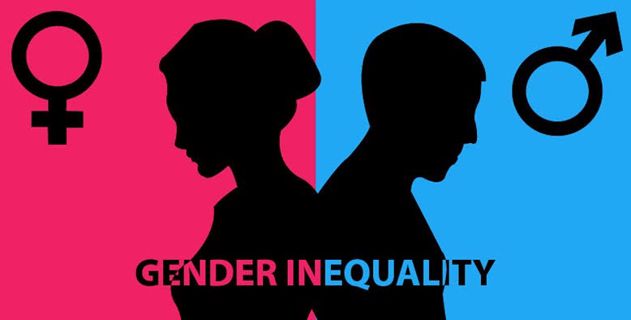
Gender inequality is a deeply rooted social issue that continues to persist in many societies worldwide. Despite significant progress in recent decades, women and gender minorities still face various forms of discrimination and disparities in various aspects of life. This article explores the causes, consequences, and potential solutions to address gender inequality and promote a more equitable society.
The Origins and Causes of Gender Inequality:
Gender inequality has historical roots and is influenced by complex social, cultural, and economic factors. Some of the key causes include:
a) Socialization and Stereotyping: Societal norms and expectations often reinforce traditional gender roles, perpetuating stereotypes that limit opportunities for women and gender minorities. This leads to the reinforcement of unequal power dynamics between genders.
b) Economic Disparities: Women are more likely to face wage gaps, occupational segregation, and limited access to economic resources. This economic disadvantage contributes to gender inequality and reinforces gender-based disparities in other areas of life.
c) Discrimination and Bias: Prejudices and biases against women and gender minorities persist in various forms, including workplace discrimination, gender-based violence, and limited political representation. These biases create barriers to equal opportunities and hinder societal progress.
Consequences of Gender Inequality:
Gender inequality has far-reaching consequences for individuals, communities, and societies as a whole. Some of the notable consequences include:
a) Economic Impact: Gender inequality hampers economic growth and development. Studies consistently show that when women are empowered and have equal access to education, employment, and resources, economies thrive and poverty rates decline.
b) Social and Health Implications: Gender inequality contributes to a range of social issues, such as higher rates of domestic violence, limited reproductive rights, and reduced access to healthcare. These factors negatively impact the well-being and quality of life for women and gender minorities.
c) Political Underrepresentation: Gender inequality often translates into limited political representation, with women being underrepresented in decision-making processes and leadership positions. This undermines the democratic principles of equal representation and results in the exclusion of diverse perspectives.
Promoting Gender Equality:
Addressing gender inequality requires a multi-faceted approach involving individuals, communities, governments, and organizations. Here are some key strategies:
a) Education and Awareness: Promoting gender equality starts with education and raising awareness about the importance of gender equity. This includes challenging gender stereotypes, promoting inclusive curricula, and providing training to address biases.
b) Legal and Policy Reforms: Governments play a crucial role in enacting and enforcing legislation that promotes gender equality. Laws against discrimination, gender-based violence, and equal pay are essential to protect women's rights and create a level playing field.
c) Empowering Women and Gender Minorities: Empowerment programs that enhance access to education, healthcare, and economic opportunities are vital. Supporting entrepreneurship, providing mentorship, and promoting leadership roles can help bridge the gender gap.
d) Men's Involvement: Engaging men and boys in conversations and initiatives promoting gender equality is crucial. Challenging harmful stereotypes, promoting shared household responsibilities, and fostering respectful relationships contribute to a more inclusive society.
Conclusion:
Gender inequality remains a significant challenge, impacting individuals, communities, and societies worldwide. By understanding its causes and consequences, and implementing comprehensive strategies, we can work towards creating a more equitable and inclusive future. Achieving gender equality is not only a matter of justice and human rights, but also a prerequisite for social progress and sustainable development.
0 comments
Be the first to comment!
This post is waiting for your feedback.
Share your thoughts and join the conversation.
